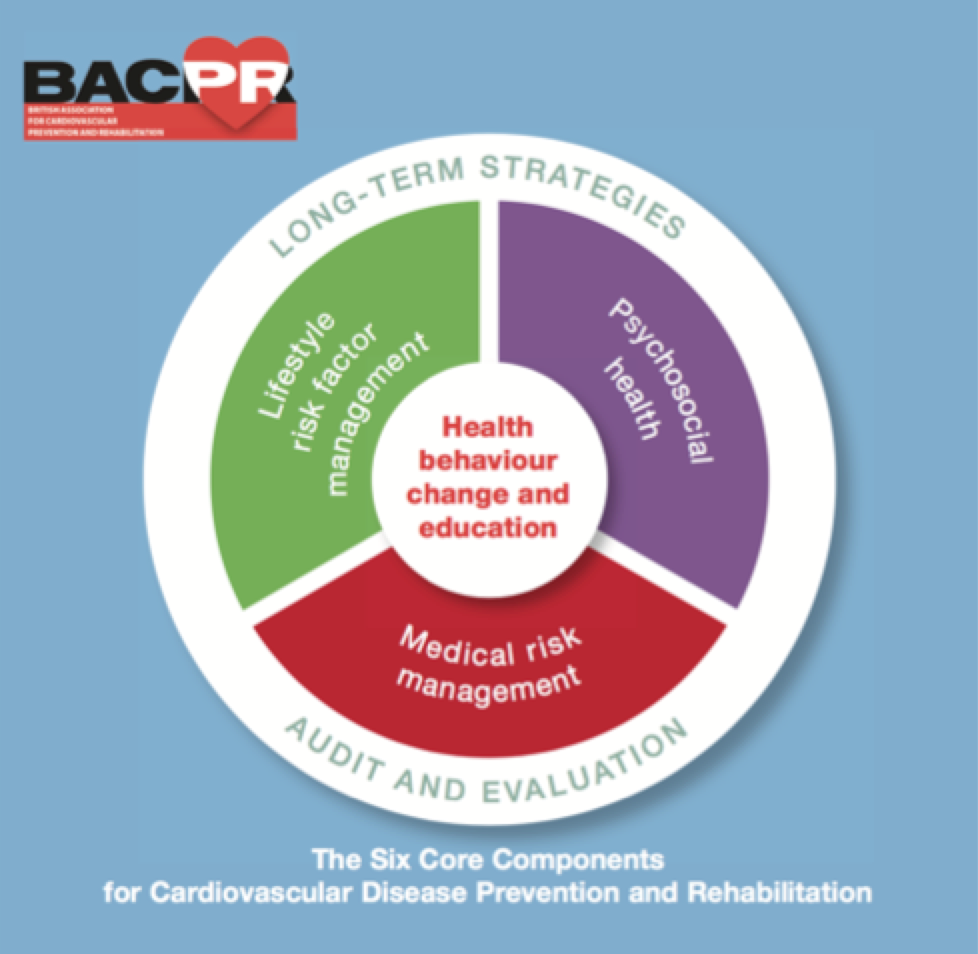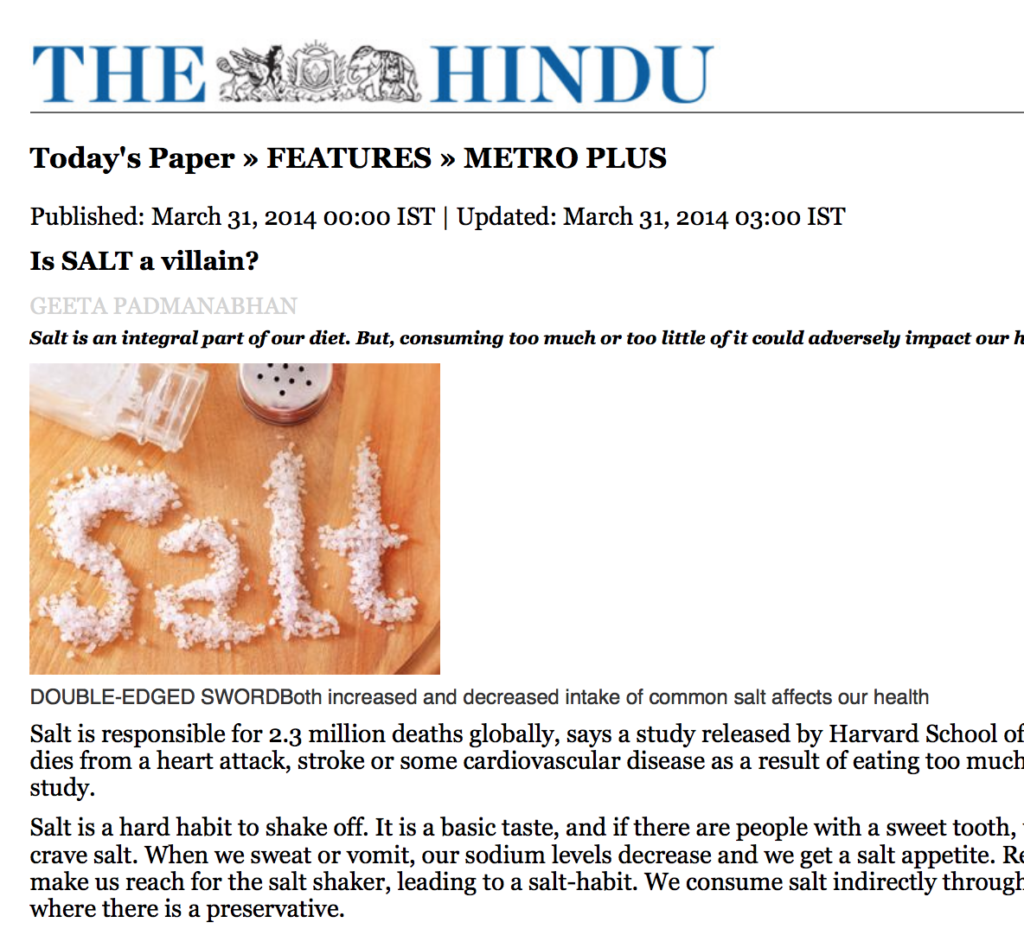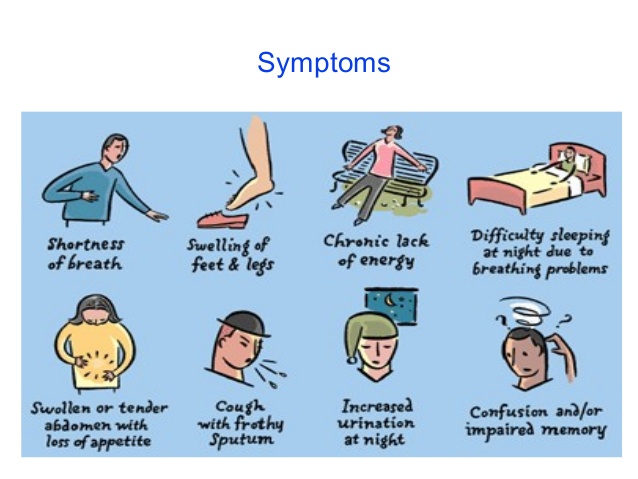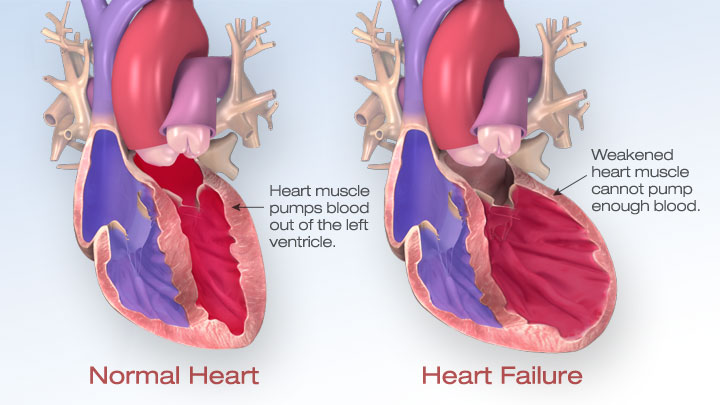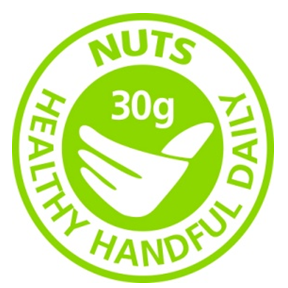Air Pollution as a leading cause of respiratory diseases has been known for long, but there is less awareness of its impact on heart diseases.
Historically, increased deaths due to heart diseases were noticed during the great smog of London in 1952. Many recent studies in US, Europe and China establish air pollution as an important cause of coronary heart disease.
Outdoor air pollution is a complex mixture of thousands of components. From a health perspective, important components of this mixture include airborne particulate matter (PM) and the gaseous pollutants ozone, nitrogen dioxide (NO2), volatile organic compounds (including benzene), carbon monoxide (CO), and sulphur dioxide (SO2).
Among particulate matter, fine particulate matter, also known as PM2.5, which is less than 2.5 micrometers (μm) in diameter is of greatest concern. Because PM2.5 is so small, when inhaled, it can reach deep inside the lungs, leading to a wide range of health problems. Re-suspension of dust by wind and moving vehicles, combustion of fossil fuel or wood for transport and other purposes, power plants, industrial activities all lead to increased air pollution. Indoor air pollution due to solid fuel burning remains an important cause in developing countries.
Developed countries have maintained strict air quality recommendations for particulate matters over time. But in developing countries like India, with poor infrastructure, large population, meagre resources and poor political will, air quality has worsened over time (image below shows air pollution in Delhi). In such a case individual protection from its harmful effects is a plausible solution.
Reduction in personal and communal exposure to airborne pollutants can be achieved through simple measures such as:
- Avoid inefficient burning of biomass for domestic heating
- Avoid walking and cycling in streets with high traffic intensity, particularly during rush hour traffic
- Exercise in parks and gardens, and avoid major traffic roads.
- Limit time spent outdoors during highly polluted times of the day, especially infants, elderly, and those with cardiorespiratory disorders.
- Consider ventilation systems with filtration for homes in high pollution areas.
- Travel by walking, cycling, and public transportation whenever possible to do your part to reduce this global problem.
In particular, individuals with or at high risk of cardiovascular disease should be advised of these measures to limit exposure to pollutants and also advised of the importance of compliance with primary or secondary prevention medication in order to combat the potential effects of air pollution exposure.

